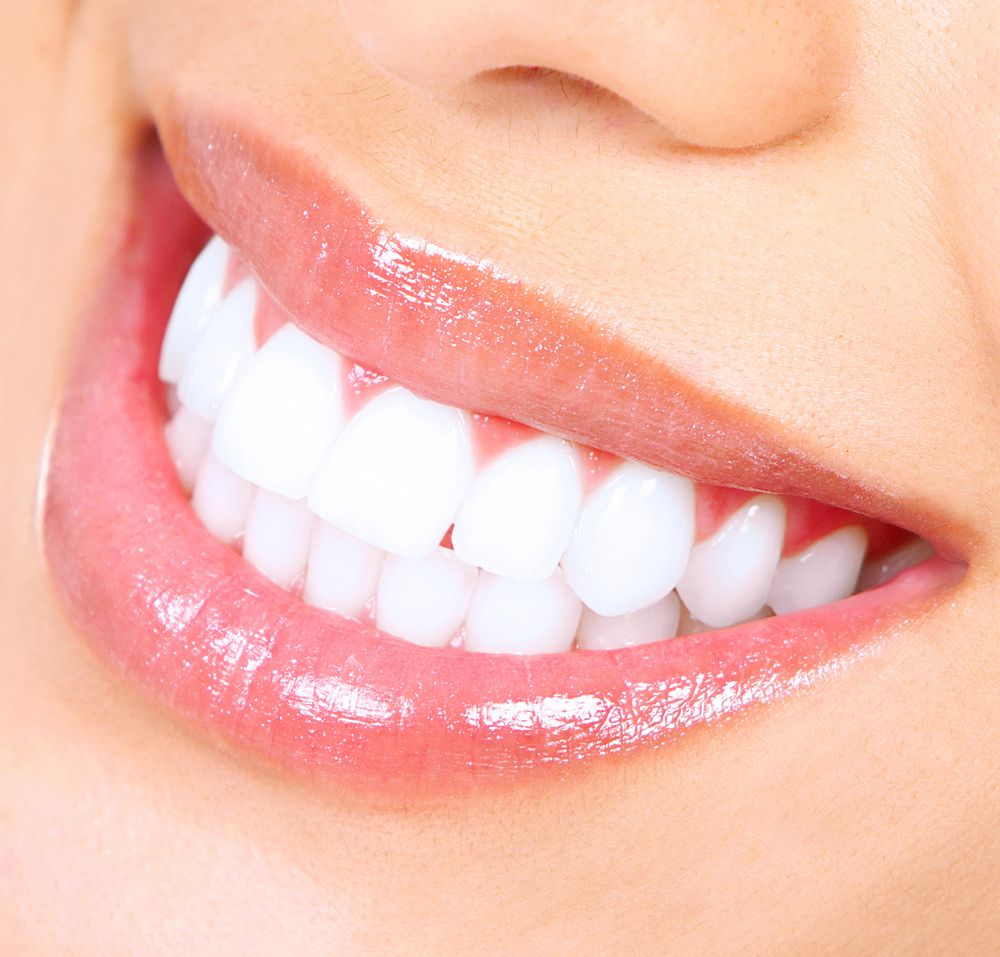Achieving a bright, white smile is a common goal for many people, but there are certain teeth whitening mistakes that can end up doing more harm than good. While teeth whitening products can be effective, improper use or poor choices can lead to unwanted side effects, such as tooth sensitivity, gum irritation, or even permanent damage. This article will highlight the most common Teeth Whitening mistakes that could ruin your smile, and how to avoid them.
Overusing Whitening Products:
One of the biggest teeth whitening mistakes is overusing whitening products, thinking that more frequent use will result in faster or better results.
- Increased sensitivity—Overuse can lead to increased tooth sensitivity, making it uncomfortable to eat or drink hot or cold foods.
- Enamel damage—Excessive use of whitening products, especially those with harsh chemicals, can erode tooth enamel, weakening your teeth over time.
- Uneven results—Using whitening products too often can result in uneven whitening, leaving patches or spots on your teeth.
Always follow the recommended guidelines for usage, and avoid excessive treatments to protect your teeth.
Not Following Instructions Properly:
Failing to read or follow the instructions on your whitening products is another common mistake. Many products come with specific instructions to ensure they work effectively and safely.
- Using the wrong concentration—Some products may be too strong for daily use, and others may require specific application methods to prevent damage.
- Timing issues—Leaving a whitening product on for longer than recommended can lead to enamel damage, while not leaving it on long enough may result in poor whitening results.
- Ignoring precautionary steps—Certain products may require a test patch or special steps for people with sensitive teeth or gums. Not following these steps could lead to irritation or harm.
To avoid these issues, always carefully read and follow the instructions provided by the manufacturer.
Whitening Without a Clean Mouth:
Another common mistake is attempting to whiten your teeth without properly cleaning them beforehand.
- Plaque interference—Plaque and food particles can prevent whitening agents from working effectively, reducing the results.
- Irritation risk—Applying whitening agents on unbrushed teeth can increase the risk of irritation or discomfort, as residue can trap chemicals against your teeth and gums.
- Stains persist—If your teeth are not properly cleaned, existing stains may not be removed as effectively, leaving your smile less bright.
For the best results, always brush and floss your teeth before using any whitening treatments to ensure they work as intended.
Choosing the Wrong Whitening Product:
With so many options available, choosing the wrong whitening product for your needs can lead to disappointing results or even damage.
- Strong chemicals—Whitening products with harsh chemicals can be too aggressive for sensitive teeth, leading to discomfort and long-term damage.
- Lack of professional guidance—Using products without consulting your dentist may result in poor results, especially if you have existing dental issues like cavities or gum disease.
- Unrealistic expectations—Some whitening products may not work as well on certain types of stains, like those caused by medication or genetics.
Consulting your dentist before choosing a whitening product can help ensure you pick the right one for your teeth and needs.
Ignoring Gum Protection:
When Best Teeth Whitening, it’s essential to protect your gums. Many people make the mistake of not considering their gums when using whitening treatments, which can lead to irritation or damage.
- Chemical burns—Some whitening agents can irritate or burn your gums if they come into direct contact, leading to discomfort or even long-term damage.
- Increased sensitivity—Whitening treatments can sometimes cause your gums to become more sensitive or inflamed, making brushing and eating painful.
- Overexposure—Not using a protective barrier or applying the product incorrectly can result in excessive whitening gel coming in contact with the gums.
To avoid gum damage, be sure to apply whitening products carefully, and consider using treatments that come with built-in gum protection or a custom-fitted tray.
Expecting Instant Results:
Many people expect instant teeth whitening results, but it's important to understand that whitening takes time and consistent effort.
- Unrealistic timelines—Trying to whiten your teeth too quickly can lead to overuse of whitening products, increasing the risk of side effects like sensitivity or damage.
- Gradual improvement—Whitening should be a gradual process, with noticeable improvements after a few days or weeks, depending on the product.
- Patience is key—It’s important to give products time to work and not rush the process. Results may vary based on the type of stains or your natural tooth color.
Instead of expecting overnight success, aim for steady, gradual improvement and be patient for the best long-term results.
In conclusion, teeth whitening mistakes can hinder your efforts to achieve a brighter smile or even cause lasting damage to your teeth and gums. By avoiding common mistakes like overuse, ignoring instructions, or failing to clean your teeth beforehand, you can protect your smile and ensure effective whitening results. Always follow the instructions, choose the right products for your needs, and be patient as you work towards your goal of a whiter, healthier smile.

